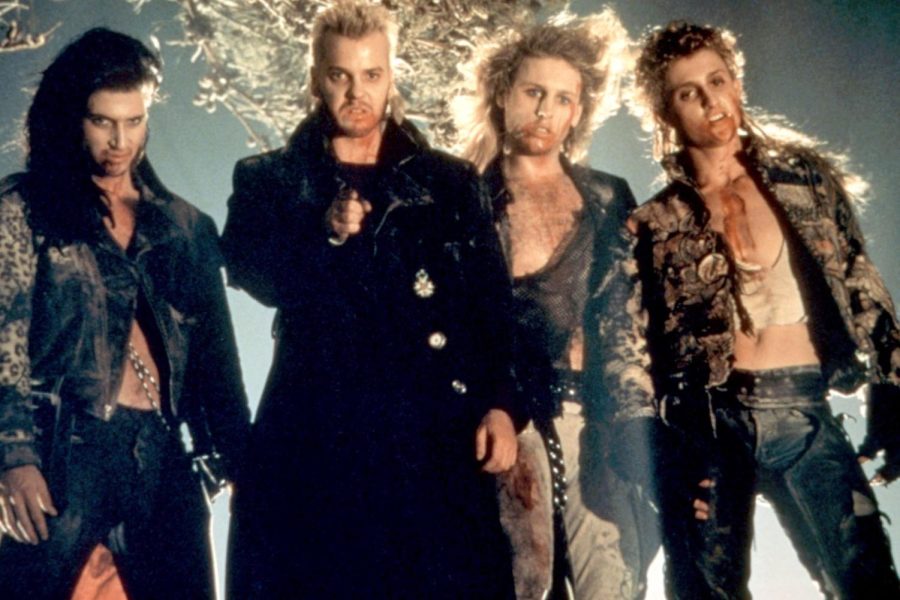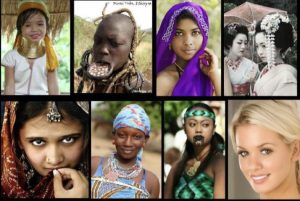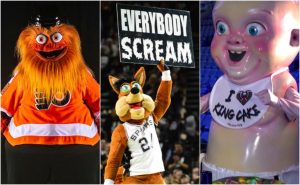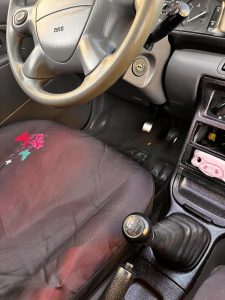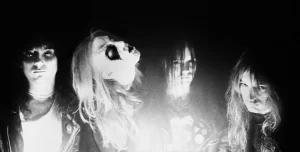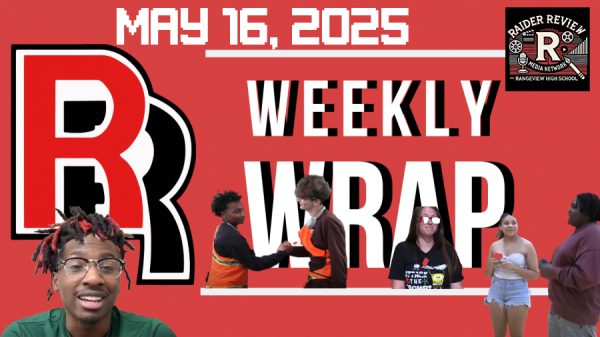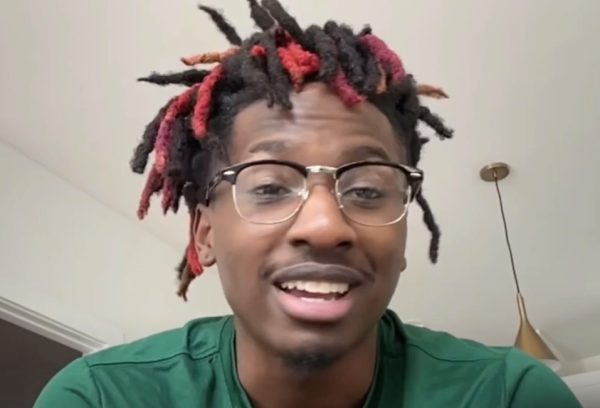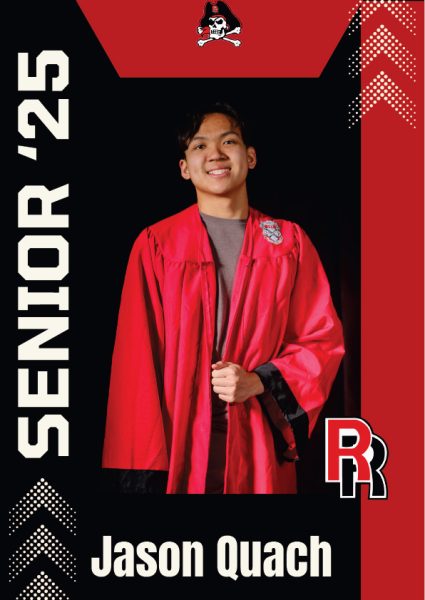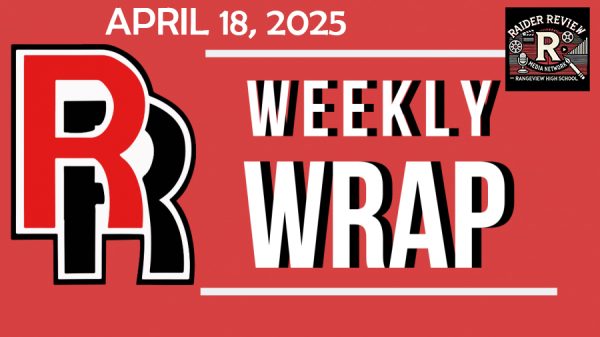The Lost Boys: A New Kind of Vampire
November 10, 2022
When you hear the term “Vampire” you’d understandably think of coffins, mysterious gothic castles, or bats; motorcycles, leather jackets, and long rockstar-esque hair probably don’t come to mind. The 1980s introduced the world to many different types of music, fashion, media, and even a new kind of vampire. In the height of the Satanic Panic and the ever-growing punk and metal scene, the 1987 film “The Lost Boys” hit the big screen.
The film features Kiefer Sutherland as “David,” the leader of a vampire biker gang, residing in the fictional Californian city of Santa Carla. The vampires in “The Lost Boys” are unlike any other. The group of four ‘teenage’ delinquent boys are alluring in a way never seen before. Each sporting their own unique outfits and their own signature leather jacket, they give off the bad-boy look every rock band at the time aspired to have. Not only did they have the clothes, but they also had the hair. Each of the four vampires possessed some sort of long hair that only heightened their rock star appearances. Straying away from the typical gothic, Victorian era vampires allowed “The Lost Boys” to be seen as a stylish, fun, and relevant film. Vampires resembling popular bands at the time such as Motley Crue, Poison, Ratt, and Bon Jovi, certainly resonated more with teenagers than the classic Dracula-esque vampire would. This is only one of the aspects of the film that sets it apart from other vampire media at the time.
The plot of the film is quite simple and easy to follow, making it all the more enjoyable. “The Lost Boys” follows the story of two brothers moving from Arizona to California with their newly divorced mother. The oldest brother, Michael, played by Jason Patric, is led to the group of four “lost boys” by a beautiful girl named Star. After a high speed motorcycle ride on the beach, David takes Michael to a cave by the ocean that he and the boys made home. There David tells him to drink from a mysterious bottle of what Michael believes to be wine. Michael, ignorant of the boys’ secret, complies. Meanwhile, the younger brother, Sam, played by Corey Haim, finds himself involved with two self-proclaimed “vampire hunters,” the Frog brothers, played by Corey Feldman and Jamison Newlander. After reading a horror comic about vampires given to him by the Frog brothers, Sam finds Michael’s new habits of staying out late and sleeping all day suspicious to say the least. When Sam convinces Michael of what he may be turning into, Michael sets off to find David, who only confirms his fears. He soon learns that the boys he’s befriended are not only a group of teenage delinquents, but a colony of vampires, and Michael is on the path of becoming one himself. This leads to an iconic scene in the movie where David explains to a horrified Michael, “Now you know what we are, now you know what you are. You’ll never grow old, Michael, and you’ll never die. But you must feed!” The film then follows Sam and the Frog brothers as they try to save Michael from his fate.
The director of the film, Joel Schumacher, envisioned it to be reflective of the time period, thus making it relatable to its audience. This certainly paid off as the film almost perfectly depicted California nightlife through partying vampires, and the filming location for many of the scenes being the Santa Cruz boardwalk. Actors like Kiefer Sutherland and Alex Winter, who played the vampire “Marko” in the film, recalled being treated like rock stars even while filming. Fans would visit the boardwalk during filming just to catch a glimpse of the boys riding their motorcycles along the beach. The film’s relevance to the time period is also made evident through its soundtrack featuring songs by artists like INXS and Echo and the Bunnymen.
However, the film ventures beyond the realm of just the teenage heartthrob vampire. A large part of the nightlife in California at the time was the minority groups who kept it alive, in particular the LGBTQ+ community. Joel Schumacher was well aware of this fact as he identified as gay himself. Throughout “The Lost Boys” there are various subtle references to an underlying queerness, whether it be through the characters’ styles, David’s overall infatuation with Michael, or the iconic saxophone player at the beginning of the film.
Overall, “The Lost Boys” was received very well in the eyes of the public as it grossed over $32 million, and it’s still recognized as a classic 80s horror movie even today. Memorable for its funny moments, and its depiction of young, sexy vampires, “The Lost Boys” has gone down in Hollywood history as one of the best vampire movies ever made.
